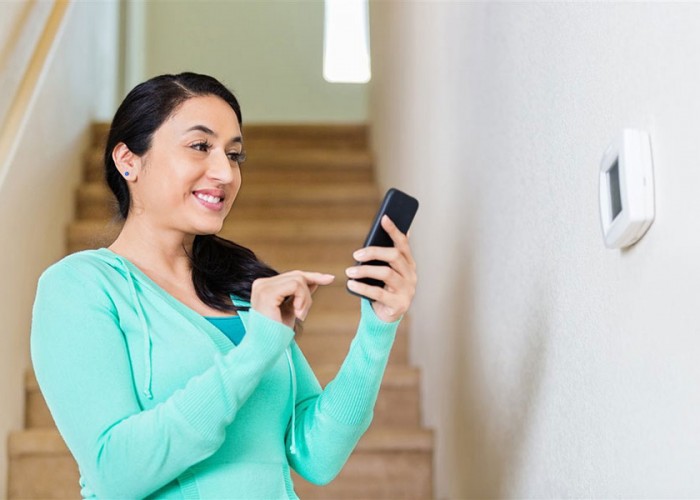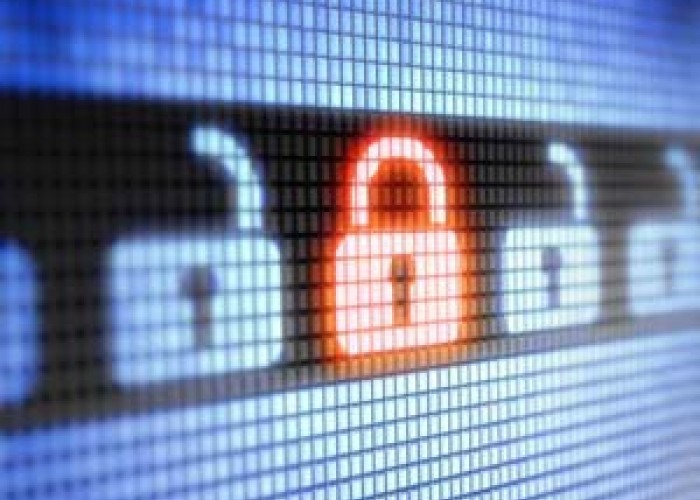Five Ways to Protect Your Digital Home
Stay informed to keep out cybercriminals
By Brandpoint
As technology advances, cybersecurity threats do, too. Internet-connected devices, social media, digital assistants and mobile apps have become indispensable in our lives, but their connectedness makes us vulnerable to cyberattacks.
“The best defense is to stay informed,” says Bashar Abouseido, chief information security officer for Charles Schwab Corp.It can be helpful to envision your computer and digital devices as a house where you store your personal data. The first of the year is a great time to make sure your digital house is secure.
Types of cybercrimes
Phishing is one of the most common forms of cybercrime. Cybercriminals try to lure you with a fake email sent from what appears to be a trusted source. The email encourages you to click a link or open an attachment to extract personal account information.Malicious software, also known as malware, spyware, ransomware and viruses, refers to software programs built to gain unauthorized access to a mobile app, digital device or computer.
Data breaches occur as a result of unauthorized access to sensitive personal information. These incidents can affect large numbers of consumers.
Prevent “break-ins”
Build up a secure defense against cybercrime by knocking out this to-do list:1Remodel your digital house. Installing updates is an essential first step. It can be annoying to see those system update prompts on your computer or mobile device, but think of system updates as basic maintenance to keep your personal data safe.
2Don’t have a leaky house. Be wary of public Wi-Fi networks. Using public (often free) Wi-Fi networks is convenient, but it is a common entry point for criminals to use malware to infect your devices and apps. Use only networks you trust or use your own personal Wi-Fi hotspot if you have one. Never update your devices when you are connected to a public Wi-Fi network.
3Keep your keys secure. Choose unique access credentials such as usernames and passwords. Don’t include personal identifying information such as a name, address or birthday. For added protection, choose two-step verification to access critical online accounts, such as banking, retirement or investment. Two-step verification is typically a key or another code provided by the service provider, in addition to your primary access credentials, to verify your identity.
4Secure your doors and windows. Use only secure websites and app stores. Use web addresses that start with “https” and download apps only from the Apple App Store, Microsoft Store and Google Play store.
5Don’t open the door to strangers! Delete suspicious emails, especially ones that come from unknown senders. Use your cursor to hover over questionable links and email addresses to reveal the true identity of the link or sender. When in doubt, don’t click on links or attachments and delete the email.
-
Other ways to keep your home and information safe
-
Share this story:





